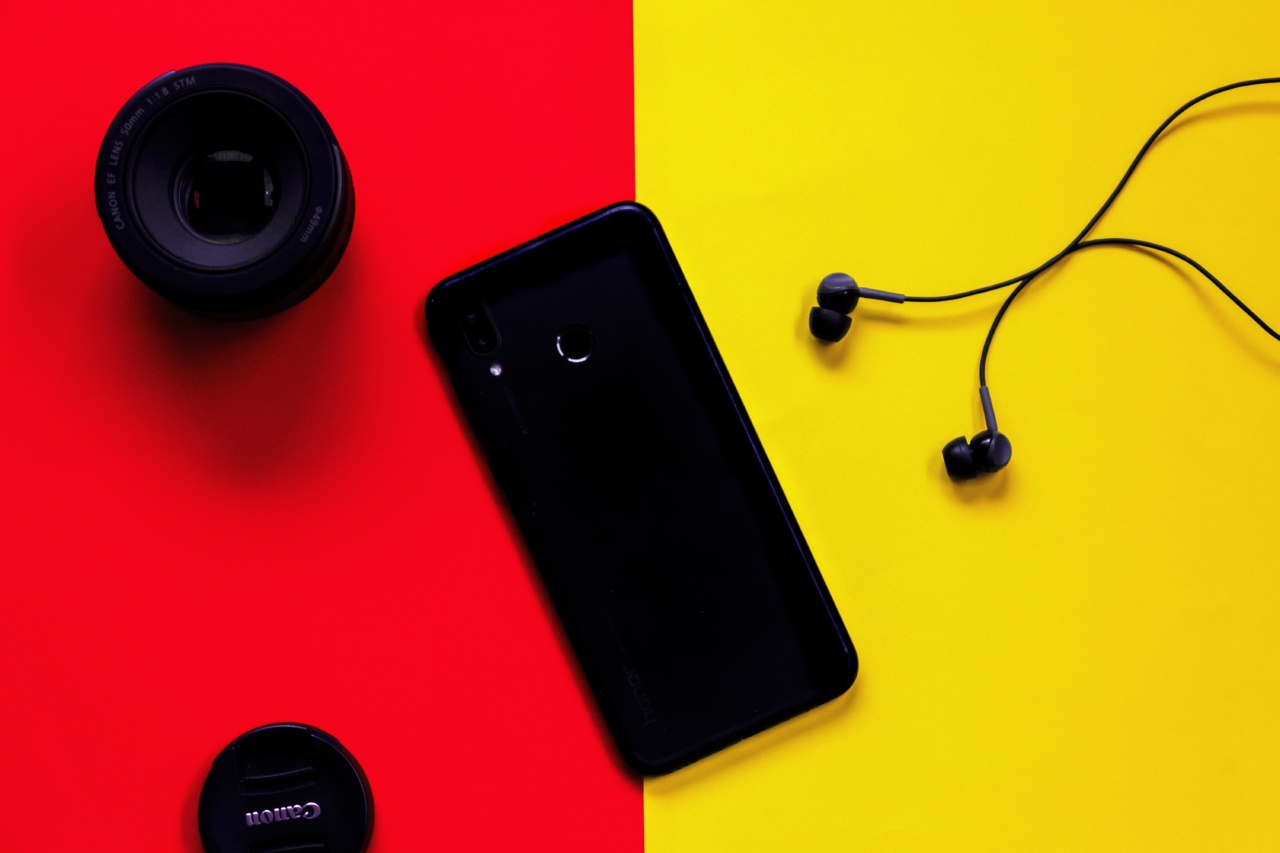Parkinson’s disease is a neurodegenerative disorder that affects millions of people worldwide.
It is a progressive disease that affects the nervous system, causing tremors, stiffness, balance and coordination problems, and other symptoms that can make it difficult for people to walk and move around. As a result, mobility becomes a significant issue for people with Parkinson’s disease.
Importance of mobility in Parkinson’s disease
Mobility is essential for everyone, but particularly for those with Parkinson’s disease. Regular exercise, physical therapy, and other forms of movement can help maintain or even improve mobility in people with Parkinson’s disease.
This can help slow down the progression of the disease, reduce the risks of falls and injuries, and improve overall quality of life.
Challenges in maintaining mobility for Parkinson’s patients
Mobility can be challenging for people with Parkinson’s disease due to a variety of reasons. For instance, tremors, stiffness, and other movement-related problems can make it harder to walk or get around.
Difficulty maintaining balance and coordination can also increase the risk of falls and injuries, and make even simple movements more challenging.
Furthermore, for many Parkinson’s patients, mobility problems can lead to isolation, depression, and other mental health issues, which can further exacerbate the symptoms of the disease.
Therefore, providing Parkinson’s patients with the necessary tools and resources to maintain mobility is vital for their physical and mental well-being.
Unlocking the power of mobility for Parkinson’s patients
One way to unlock the power of mobility for Parkinson’s patients is through physical therapy.
Physical therapy can offer a range of exercises and movements tailored to the individual needs of the patient, including gait training, balance exercises, and strength training, all of which can help improve mobility and overall physical function.
Another way to promote mobility in Parkinson’s patients is through regular exercise.
Exercise can provide a range of benefits for Parkinson’s patients, including improved muscle strength and function, greater flexibility and mobility, and reduced risk of falls. Exercise options can include anything from yoga and tai chi to more structured activities such as cycling or walking.
Assistive devices can also play a significant role in promoting mobility and independence for Parkinson’s patients.
Devices such as canes, walkers, and wheelchairs can help those with mobility issues maintain independence and continue to engage in their daily activities.
Technology and mobility in Parkinson’s disease
Advances in technology have also opened up new possibilities for promoting mobility in Parkinson’s patients.
For instance, wearable technology devices such as smartwatches can be used to monitor a patient’s movements and detect changes in mobility and balance. This can help doctors and physical therapists adjust treatments and exercise programs to fit the patient’s evolving needs.
Virtual reality and gaming technology can also be used to promote mobility in Parkinson’s patients.
Studies have shown that interactive gaming systems can improve balance and coordination and promote overall physical activity in Parkinson’s patients. Similarly, virtual reality systems can be used to create immersive and interactive environments to help Parkinson’s patients perform specific movements and exercises in a safer and more engaging way.
The future of mobility in Parkinson’s disease
Parkinson’s disease remains a challenging condition that affects millions of people worldwide. However, advances in research, treatment, and technology offer new hope for patients and their families.
As we continue to improve our understanding of the disease and develop new tools and treatments, mobility will remain one of the most critical areas of focus. By unlocking the power of mobility, we can help Parkinson’s patients maintain independence, improve their quality of life, and slow down the progression of the disease.
Conclusion
Mobility is essential for Parkinson’s disease patients. People with Parkinson’s face many challenges in maintaining their mobility, including tremors, stiffness, and difficulty walking.
However, there are many ways to promote mobility in Parkinson’s patients, including physical therapy, regular exercise, and the use of assistive devices and technology. By unlocking the power of mobility, we can help Parkinson’s patients maintain their independence, improve their quality of life, and slow down the progression of the disease.





























